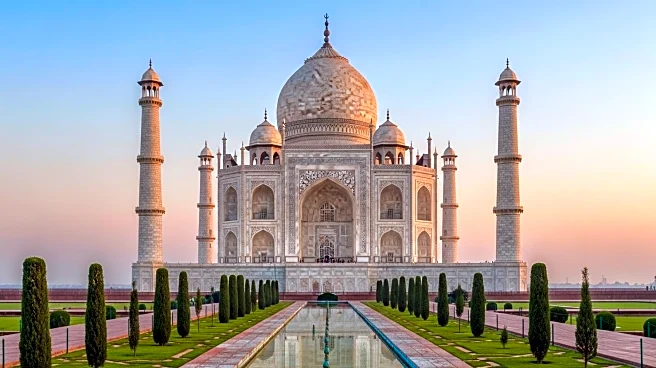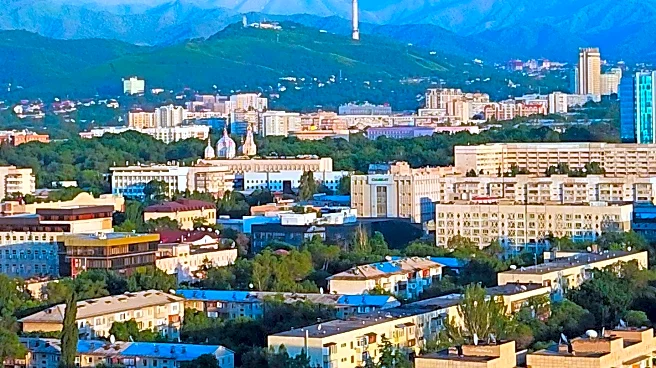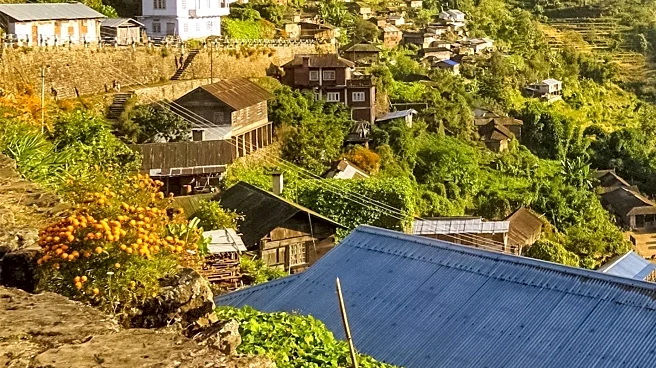The Taj Mahal, an architectural marvel in Agra, India, has a significant global footprint that extends beyond its physical presence. Built by Mughal Emperor Shah Jahan in memory of his wife Mumtaz Mahal, this iconic mausoleum is a symbol of love and cultural heritage, attracting millions of visitors from around the world.
Geographic Reach
The geographic reach of the Taj Mahal is vast, drawing tourists from every corner of the globe. Its location in Agra, Uttar Pradesh, makes it a central attraction in India, and its status as a UNESCO World Heritage Site enhances its international appeal. The monument's image is recognized worldwide, making it a symbol of India's rich cultural history.
Institutional Presence
The Taj Mahal's institutional presence is evident in its management and preservation efforts. The Archaeological Survey of India oversees the site's conservation, ensuring that it remains a well-maintained and accessible destination for visitors. The monument's inclusion in the New 7 Wonders of the World further solidifies its status as a globally significant cultural landmark.
Economic and Social Footprint
Economically, the Taj Mahal contributes significantly to India's tourism industry, generating revenue and providing employment opportunities for local communities. Socially, it serves as a cultural touchstone, fostering a sense of pride and identity among Indians. The monument's influence extends to various sectors, including hospitality, transportation, and retail, highlighting its role as an economic driver.
Environmental or Community Impact
The environmental impact of the Taj Mahal is a topic of ongoing concern. Pollution and overcrowding pose challenges to the monument's preservation, prompting efforts to implement sustainable tourism practices. Community engagement is crucial in addressing these issues, with initiatives aimed at balancing conservation with the needs of local residents. The Taj Mahal's environmental and community impact underscores the importance of responsible stewardship in preserving cultural heritage.
 Discover Daily • 8 min read
Discover Daily • 8 min read 










